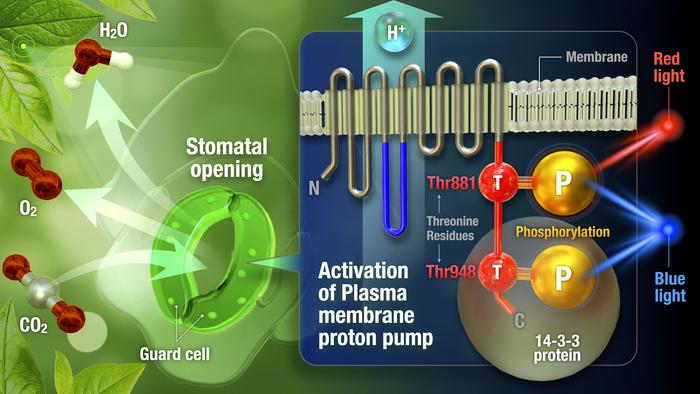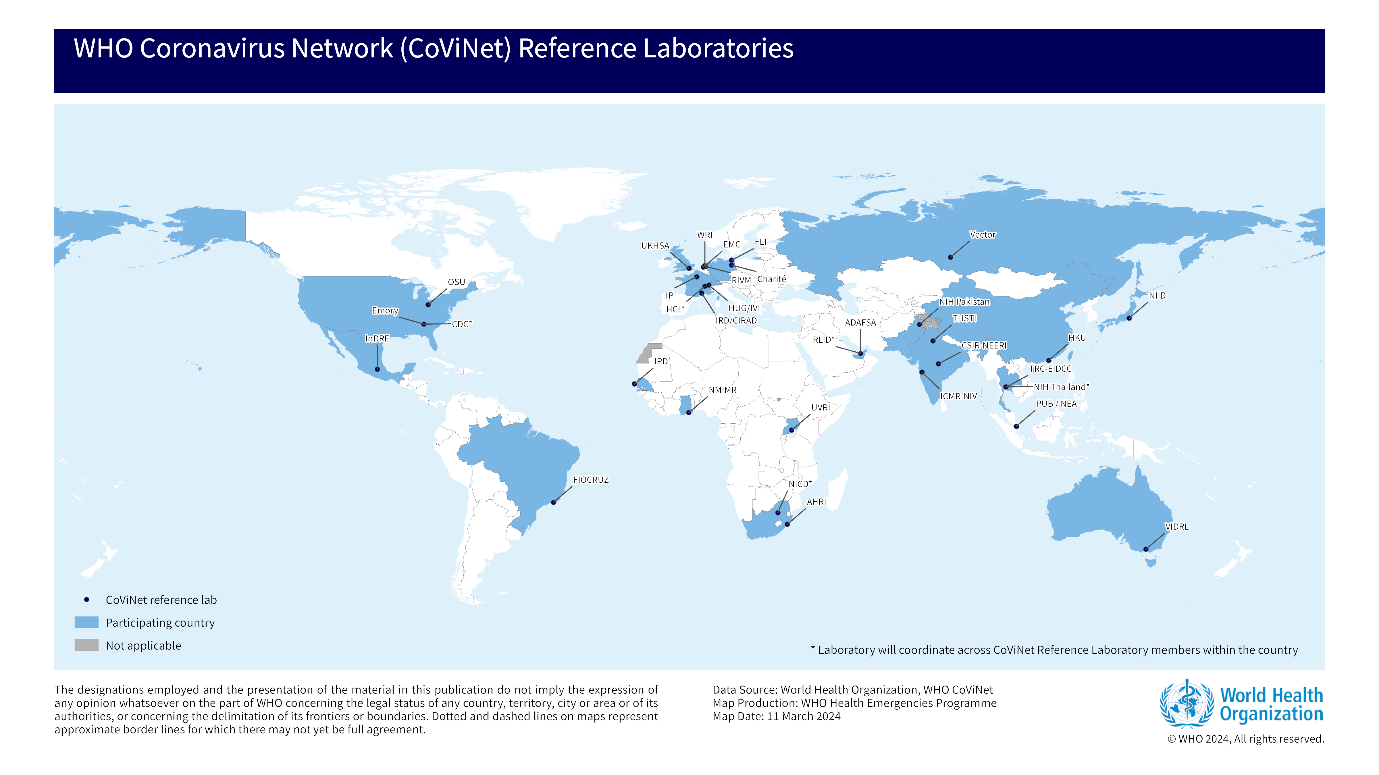|
|
||
|
29 March 2024 |
||
|
- Drugs and Cosmetics Act, 1940
- Amino Acid unveils How Light makes Stomata Open in Plants
- CoViNet
- Prevention of Money Laundering Act (PMLA)?
- Butterfly Cicadas

- Drugs and Cosmetics Act, 1940
Context:
Recently, the Supreme Court ruled that offenses under the Drugs and Cosmetics Act, 1940 cannot be pursued solely based on a police officer’s complaint.
About the Drugs and Cosmetics Act, 1940:
- This act regulates the import, manufacture, and distribution of drugs and cosmetics in India, aiming to ensure their reliability, efficacy, and compliance with national standards.
- The associated Drugs and Cosmetics Rules, 1945 complement this act by classifying medications, providing storage guidelines, and outlining prescription practices.
Definition of Drugs:
- Drugs encompass medicines, medical devices, and substances used for diagnosis, treatment, mitigation, or prevention of diseases in humans or animals.
- They can be derived from plants, animals, herbs, or minerals and include any chemical altering biological functions upon absorption.
Definition of Cosmetics:
Cosmetics are substances or products applied to the body for cleansing, beautifying, or enhancing appearance.
Objectives:
- The act oversees drug imports to prevent substandard or counterfeit products from entering India.
- It prohibits the production of inferior pharmaceuticals and mandates qualified personnel for handling medicines and traditional drugs like Ayurvedic, Siddha, Unani, and Homeopathic remedies.
- It also regulates cosmetic imports and manufacturing processes.
Key Features:
- Penalties for violations include life imprisonment and hefty fines. Various officers, not just those from the Drug Controller’s Office, can initiate prosecutions under the act.
- Certain offenses are cognizable and non-bailable. Specialized courts handle trials, and minor offenses can be aggregated.
- Overall, the Drugs and Cosmetics Act, 1940, aims to maintain high standards in the production and distribution of drugs and cosmetics in India, ensuring public health and safety.
Central Drugs Standard Control Organisation (CDSCO)
The Central Drugs Standard Control Organisation (CDSCO) is the national regulatory body for cosmetics, pharmaceuticals, and medical devices in India. It functions under the Directorate General of Health Services, Ministry of Health and Family Welfare of the Government of India.
Key Responsibilities:
- Approval of new drugs and clinical trials
- Setting standards for drugs, cosmetics, and medical devices
- Ensuring the quality of imported drugs
- Coordinating activities of State Drug Control Organizations
Structure:
- Headquarters located in New Delhi
- Zonal offices, sub-zonal offices, port offices, and laboratories spread across the country
- The Drug Controller General of India (DCGI) heads the CDSCO and is advised by technical and consultative committees.
Importance:
- Plays a vital role in ensuring the safety, efficacy, and quality of medical products available in India
- Protects public health by regulating clinical trials and drug approvals
- Promotes uniformity in the enforcement of the Drugs and Cosmetics Act across the country
- Amino Acid unveils How Light makes Stomata Open in Plants
- Understanding Stomatal Openings
-
Stomata, essential microscopic pores on plant leaves, facilitate crucial gas exchange processes, particularly the uptake of carbon dioxide necessary for photosynthesis.

- The Role of Light in Stomatal Regulation
- Researchers have revealed a novel regulatory mechanism triggered by red and blue light, involving the phosphorylation of the 881st threonine residue (Thr881) of the plasma membrane proton pump.
- Exploring Phosphorylation and its Significance
- Phosphorylation, a process influencing protein structure and function, acts as a regulatory switch.
- The focus on Thr881 phosphorylation highlights its importance in stomatal opening under varying light conditions.
- Confirmation through Mutant Studies
- Studies on mutants lacking Thr881 phosphorylation confirm its critical role in regulating stomatal aperture and transpiration rates, emphasizing its significance in plant physiology.
- Identification of Crucial Phosphorylation Sites
- Thr881, alongside Thr948, has been identified as crucial phosphorylation sites for activating the enzyme H+-ATPase, essential for stomatal opening.
- Potential Implications and Future Directions
- Manipulating Thr881 presents promising avenues for enhancing plant growth, optimizing carbon dioxide absorption, and reducing the dependency on fertilizers.
- CoViNet
https://www.google.com/url?sa=i&url=https%3A%2F%2Fwww.downtoearth.org.in%2Fnews%2Fhealth%2Fwho-launches-covinet-a-global-laboratory-to-monitor-emerging-coronaviruses-95277&psig=AOvVaw1CCCjmvZZyzr1iIg26t_O4&ust=1711800273257000&source=images&cd=vfe&opi=89978449&ved=0CBUQjhxqFwoTCJj9yoy3mYUDFQAAAAAdAAAAABAE
Introduction
Recently, the World Health Organization (WHO) introduced CoViNet, a global network of laboratories aimed at identifying and monitoring potentially new strains of coronaviruses.

Objectives of CoViNet
CoViNet’s primary objective is to evaluate various coronaviruses, including SARS-CoV-2 and MERS-CoV, by enhancing laboratory capabilities.
Building upon Prior Initiatives
The establishment of CoViNet builds upon the foundation laid by the WHO COVID-19 reference laboratory network, initially set up during the pandemic to confirm COVID-19 cases.
Incorporating Surveillance Methods
CoViNet integrates animal health and environmental surveillance methods to facilitate timely risk assessments, thereby influencing WHO policies and protective measures.
Expanding Global Reach
CoViNet aims to assist in establishing additional laboratories in low- and middle-income nations to monitor MERS-CoV and other significant novel coronaviruses.
Contribution to WHO’s Efforts
CoViNet conducts virus sequencing and provides crucial data to guide WHO’s Technical Advisory Groups on Viral Evolution and the expert advisory group on COVID-19 vaccine composition.
- Prevention of Money Laundering Act (PMLA)?
Overview:
A recent ruling by the Punjab and Haryana High Court emphasizes that courts hold the authority to release individuals accused of money laundering while under police custody, even without satisfying the dual conditions stipulated by the Prevention of Money Laundering Act (PMLA), 2002.
Definition of Money Laundering:
- Money laundering, as defined by the PMLA, encompasses any direct or indirect attempt to engage in, aid, or participate in concealing, possessing, acquiring, using, portraying as untainted, or claiming as untainted, in any form, the proceeds of criminal activities.
- It involves the transformation of illegally obtained funds, such as black money, into ostensibly legitimate funds, ultimately presenting them as legal assets.

About the Prevention of Money Laundering Act (PMLA), 2002:
The PMLA was enacted with the aim of preventing money laundering and facilitating the confiscation of assets derived from or involved in money laundering activities. Its objectives include:
- Preventing money laundering.
- Combating and preventing the funneling of funds into illegal activities and financial crimes.
- Enabling the confiscation of assets obtained through or used in money laundering.
- Penalizing offenders engaged in money laundering activities.
- Establishing an adjudicating authority and appellate tribunal to handle money laundering cases.
- Addressing matters related to money laundering and incidental issues.
Responsibilities under PMLA:
- The Enforcement Directorate (ED), operating under the Department of Revenue, Ministry of Finance, is tasked with investigating money laundering offenses as per the PMLA.
- Meanwhile, the Financial Intelligence Unit–India (FIU-IND), under the Department of Revenue, serves as the central national agency responsible for receiving, processing, analyzing, and disseminating information concerning suspicious financial transactions.
Investigation of Scheduled Offenses:
Offenses listed under the PMLA are separately investigated by various agencies specified under their respective laws, such as local police, the Central Bureau of Investigation (CBI), customs departments, the Securities and Exchange Board of India (SEBI), or other relevant investigative bodies.
Actions Against Money Laundering:
Actions that can be taken against individuals involved in money laundering include:
- Seizure or freezing of assets and records, and attachment of property acquired through criminal proceeds.
- Imposition of penalties, including rigorous imprisonment for a minimum of three years, extendable up to seven years, and imposition of fines without any prescribed limit.
Compliance Obligations:
- The PMLA and its associated regulations impose obligations on banking institutions, financial entities, intermediaries, and individuals engaged in designated professions or businesses to verify client identities, maintain records, and provide information to the FIU-IND.
- Butterfly Cicadas
- Overview:
- A recent scientific discovery has unveiled a strikingly unique cicada species, commonly referred to as “Butterfly Cicadas,” found in Meghalaya.
-

- About the Butterfly Cicada:
- This newly identified cicada species belongs to the genus Becquartina.
- Its discovery adds to the total known species within the genus, now totaling seven.
- Found in Meghalaya, this marks the genus’s first documented presence in the country.
- Its vibrant wings have earned it the nickname “butterfly cicada,” with its species name, “bicolour,” denoting its two distinct color variations.
- Features:
- The species predominantly inhabits the Garo Hills and Ri-Bhoi districts, favoring dense forests and indigenous vegetation.
- Active from April to June, the cicada’s calling behavior differs between the Garo Hills and Ri-Bhoi districts.
- In the former, males vocalize vigorously during morning and evening hours, while in the latter, calls are predominantly heard during daylight.
- Its hind wings feature a saffron-colored basal one-third and a matte black apical two-thirds adorned with prominent saffron squarish spots.
- What are Cicadas?
- Cicadas, members of the family Cicadidae, are a group of noise-producing insects.
- They possess two pairs of membranous wings, large compound eyes, and three simple eyes (ocelli).
- Cicadas vary in size from medium to large, typically ranging from 2 to 5 cm (0.8 to 2 inches).
- Male cicadas produce loud sounds by vibrating membranes (tymbals) located near the base of their abdomen.
- Female cicadas typically deposit their eggs within woody plant tissues, which fall from the plant upon hatching or shortly afterward.
- With over 3,000 known species, cicadas predominantly inhabit tropical regions, including deserts, grasslands, and forests.



